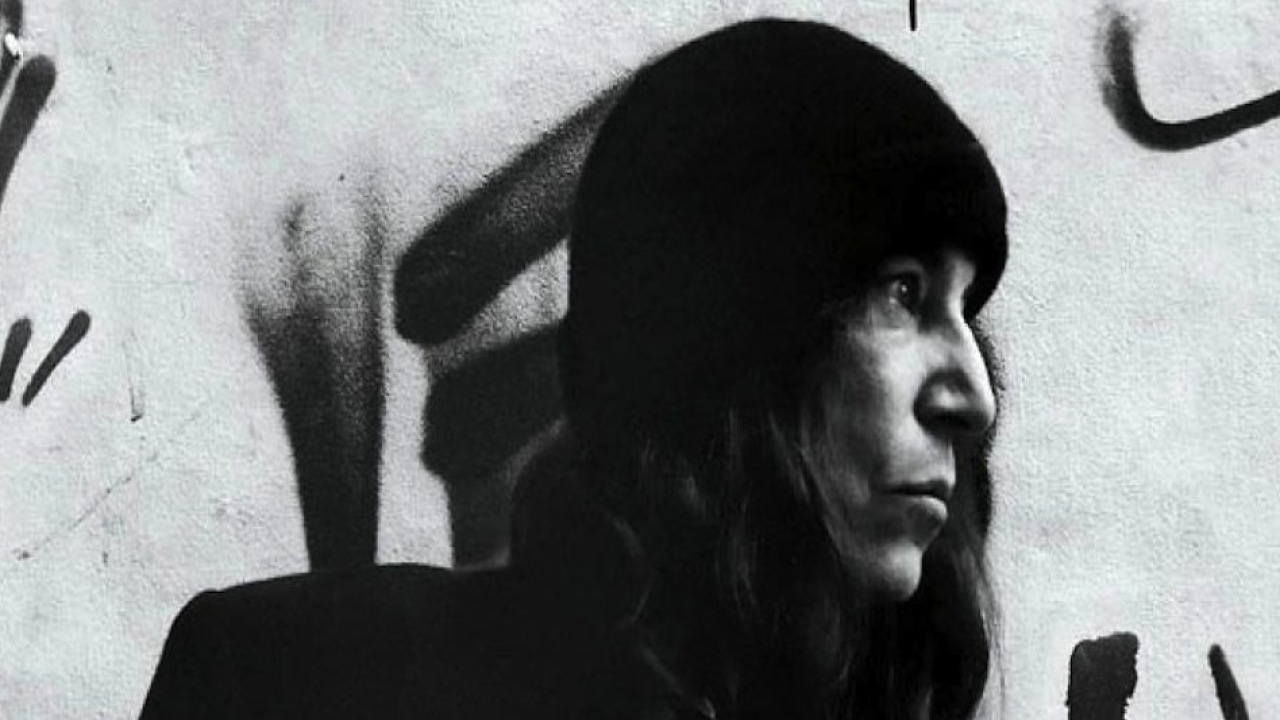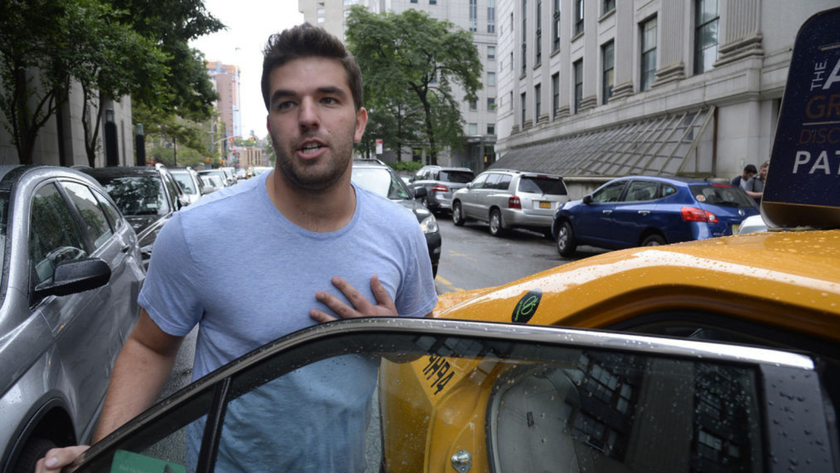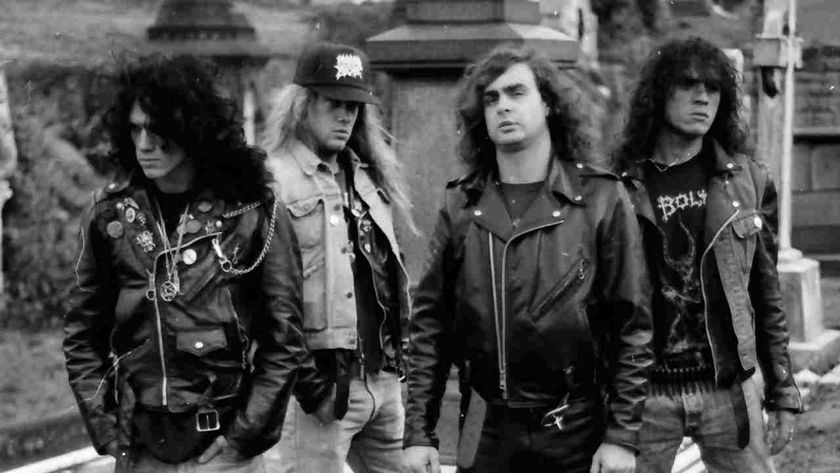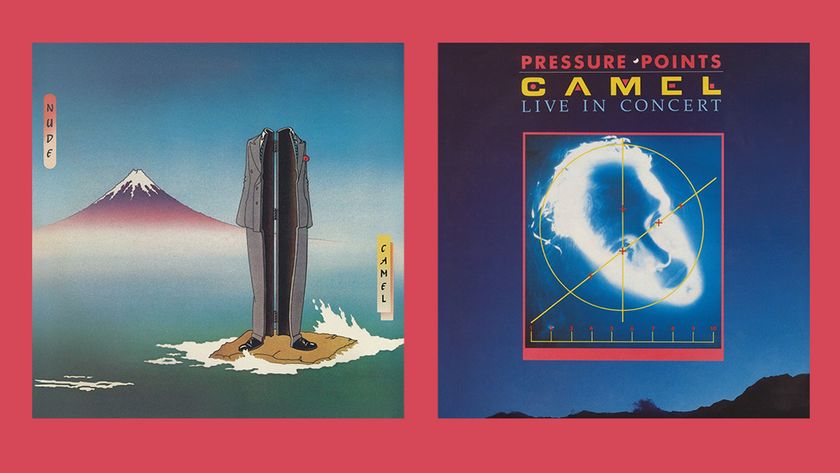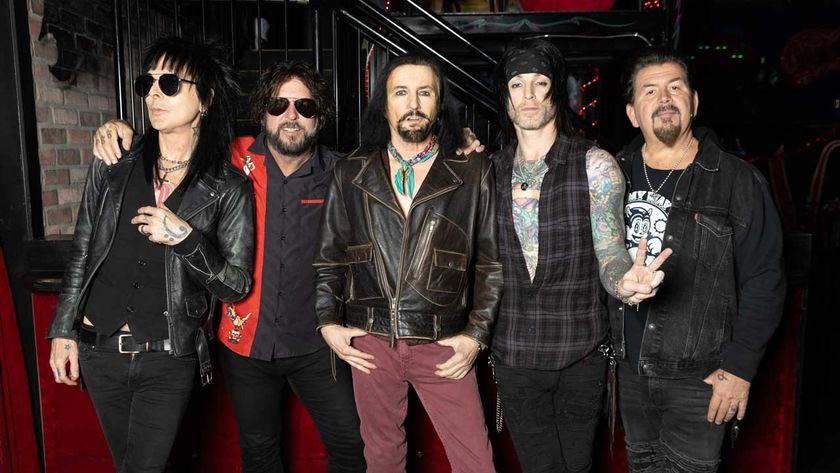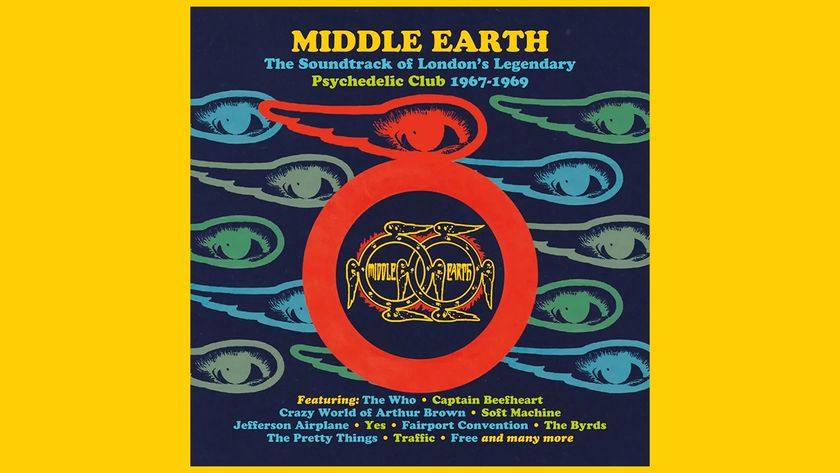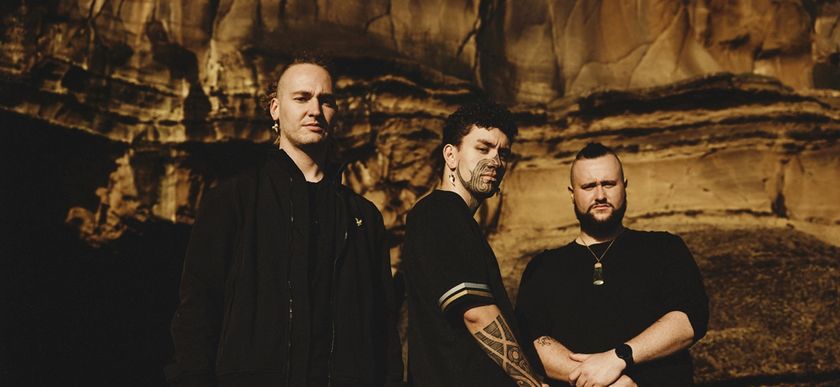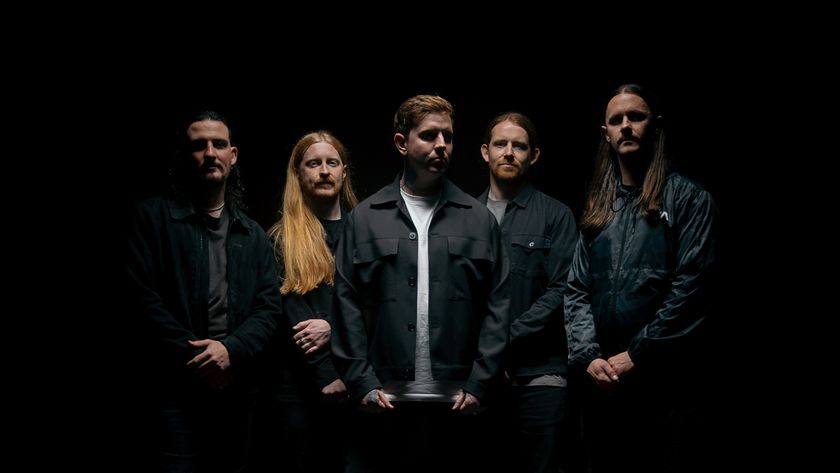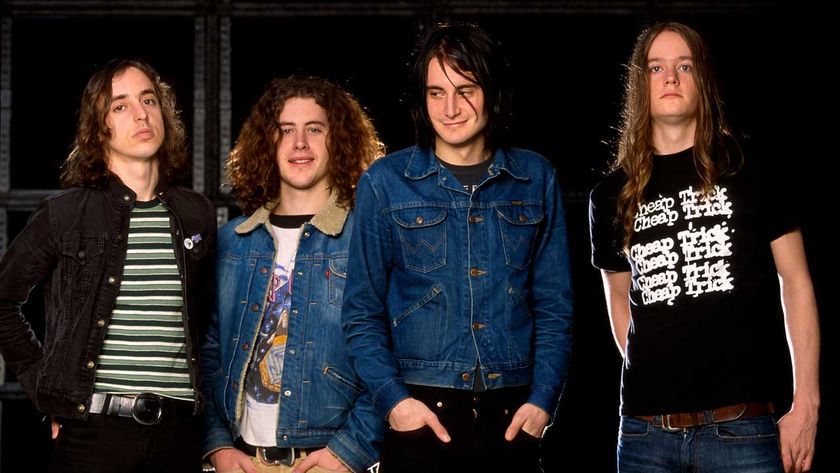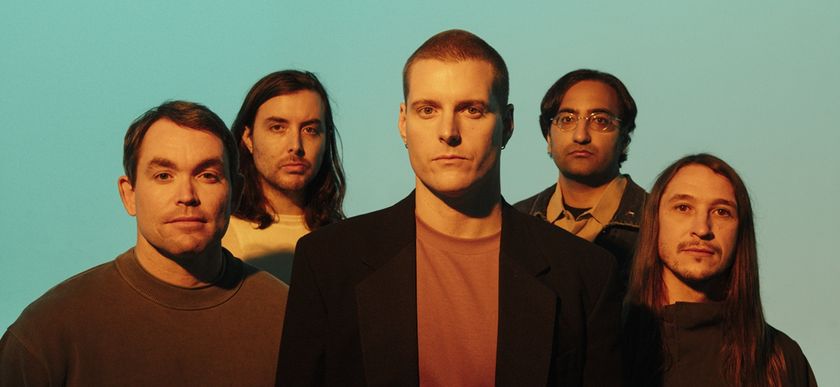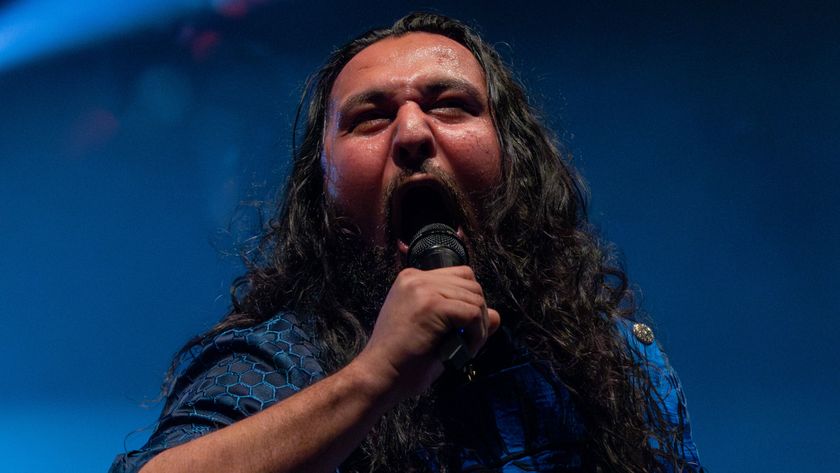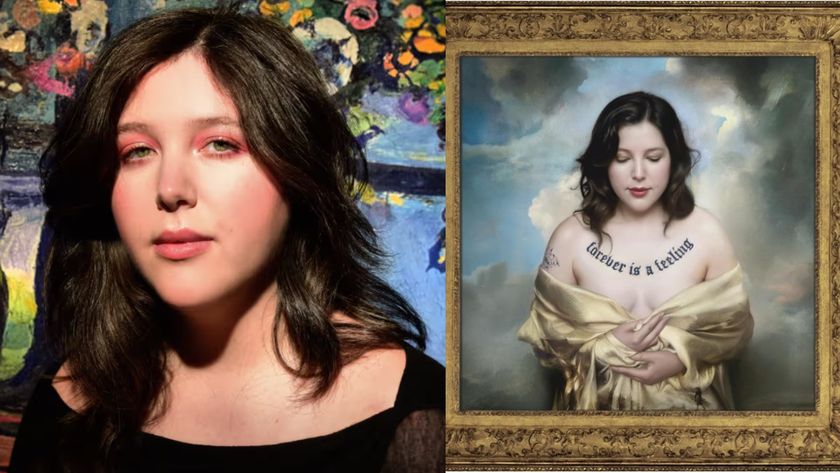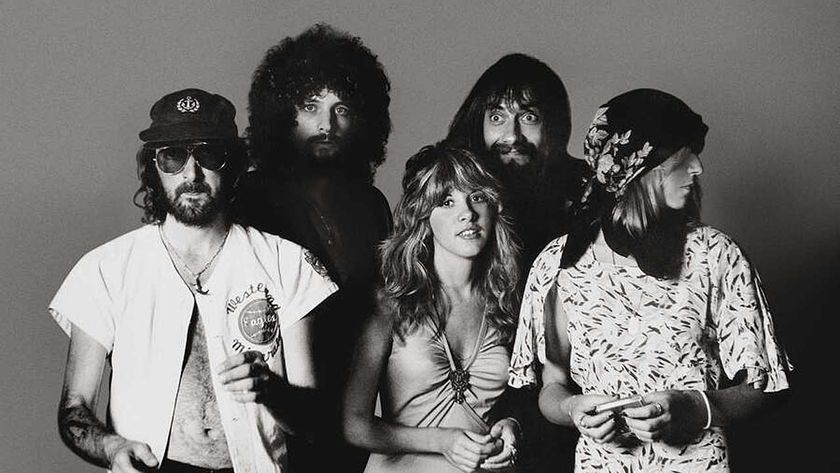Thirty-seven years on from her 1975 debut Horses (a first album so astonishing that even now it stands as a benchmark for everything she has done since), and eight years after her last album of all-new original material, Patti Smith’s voice is still haunting and hypnotically sexy.
Her sense of drama remains intact and her poetic vision still alight, though now it glows where once it blazed. Her music still features guitarist Lenny Kaye and drummer Jay Dee Daugherty, both of whom were around for the beginning of her recorded ride, and who co-produced the album with Ms Smith, along with bassist/pianist Tony Shanahan.
It’s much of a muchness throughout: mostly medium-paced, albeit still piano-driven and guitar-spiked, with Smith herself making the bulk of the running. Inspirations and dedications range from Johnny Depp (Nine) and Maria Schneider (of Last Tango In Paris fame) on Maria, to Amy Winehouse (This Is The Girl) and the Holy Roman Emperor Constantine. Then there are Russian cultural legends like film director Andrei Tarkovsky (Tarkovsky (The Second Stop Is Jupiter)) and authors Mikhail Bulgakov (Banga – the name of a dog in his classic novel The Master And Margarita) and Nikolai Gogol (April Fool).
Other inspirations include Amerigo Vespucci (after whom a certain Very Big Country is named, as well as the opening track) and the tragic Japanese earthquake (Fuji-San). Smith is rarely more mesmeric than on the twistily modal Mosaic, with its elegantly sinisterly droning Kaye guitar, the latter also sterling on the remorselessly intensifying Constantine’s Dream.
The album’s sole cover is its closer: a solemn reading of Neil Young’s After The Goldrush, performed absolutely straight apart from the addition of a children’s choir and a chilling shift to _‘look at Mother Nature on the run/in the 21st century’. _
Studio guests include Tom Verlaine, adding guitar to April Fool, and Patti’s kids Jess Paris (piano) and Jackson Smith (guitar). The ensemble returned to the scene of their original crime by recording at Jimi Hendrix’s Electric Lady studio, where Horses was cut.
As a spearhead of the original back-in-the-day CBGB posse, Patti Smith made a unique and lasting contribution to this thing we still call rock’n’roll – and she’s still making it. This is a way better than honourable addition to an already impressive body of work.
